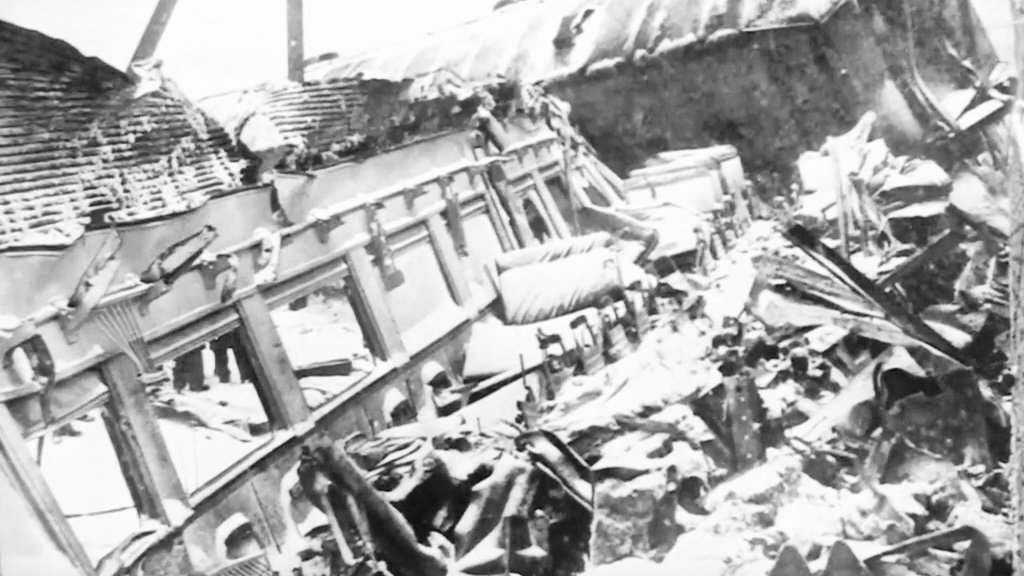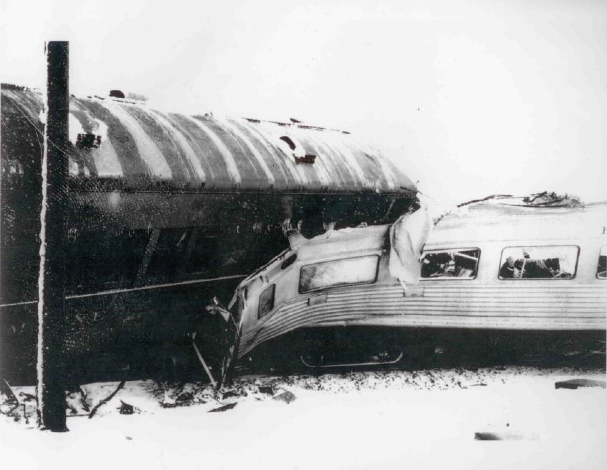We are more likely to remember that which is most vivid, and closer to us in time. When I think of my father, I am most likely to remember him in November of 2014, the time I stayed with him and watched him go from independent albeit slightly confused, to unable to care for himself in less than three weeks; memories of suddenly having to feed and toilet a parent tend to be very vivid. I imagine my younger sister has far more vivid and immediate memories; she visited him several times a week during his last year, watching him lose mobility and weight and speech.
But let’s skip over the vivid and immediate, and go back in time to 1992 when my father retired from his job as a microwave tube engineer. He would have preferred to continue working, but the company he worked for only allowed full time work or nothing. Full time for Dad meant ten hour days, with at least a 45 minute commute on either end, and that was more than he felt up to. So he retired, and posted a sign over his desk in the basement of their house which said: “Retire and Die.”
One summer afternoon, not long after that, he and my mother and my younger sister were sitting in the dining room when lightning struck the house. Next thing they knew, a fire had started in the attic. They got out of the house, the fire department arrived, and my mother went across the street to a neighbor’s house to make some phone calls. One of the calls was to me. “Hi Mom,”I said. “I think your father is not feeling too happy,” she said. “Why?” I said, aware that her voice sounded very strained. “The house is on fire, and the fire department is here,” she said.
By the time I got there, the fire fighters had chopped holes in the roof, and were throwing smoldering boxes out onto the back yard. The fire was mostly out, but they were still pumping water into the attic. Mom was right: Dad did not look very happy. Pretty soon a couple of guys who claimed to be insurance adjusters, or some such, showed up and started walking around the the yard. Dad was watching the firefighters, and (I have no doubt) already planning the rebuilding effort, so I took it upon myself to show the two guys where the property line was. One of them did turn out to be someone who would serve as your representative to your insurance company, and Dad later got his business card. (I still have my doubts about the other one; my younger sister later said she thought there were looters around that day.) But rather than hire someone else to deal with the insurance company, Dad decided to do it himself.
He also decided to serve as the general contractor in the rebuilding effort. I was working for a carpenter at that time, and Dad hired Ken to do most of the work. A couple of weeks after the fire, when Ken and I had already started working, Ken told me that my father projected that they would be able to move back into the house in the second or third week of December, in time for Christmas. “There’s no way he’ll be able to pull that off,” Ken said, shaking his head.
But Dad had managed more complex projects with much bigger budgets than this one. He made his PERT charts, dealt with the insurance company, managed the subcontractors, and sure enough Dad and Mom and my sister were able to get out of the depressing condo they had rented and back into their own house by mid-December. A few months later, the last of the work was done, well within the time my father had projected. I doubt Ken said so to my father, but when the job was completed on time (and under budget), he admitted to me that he was impressed.
Years later, Dad wrote his own obituary, and said of himself: “He also spent one year supervising the rebuilding of his residence to repair damage caused by a lightning strike, which was an adventure in construction engineering.” I thought then, and still think, that this year-long engineering project was what got him out of the misery into which retirement had plunged him. In any case, the sign saying “Retire and Die” moved to a place of lesser prominence, and eventually disappeared entirely.
(As a footnote to this story: My mother was always convinced that the lightning had been attracted by the antenna Dad had strung up for his amateur radio transceiver. Dad always pooh-poohed that notion, but Mom had me partially convinced. Then a few years ago I learned enough to pass my amateur radio General class license exam. And a year ago, I found Dad’s construction drawing of the antenna in question. Dad was right: there was no way his antenna started the fire.)
Dad was good at facing down adversity and overcoming obstacles, armed with project management, scientific method, dogged persistence, and a quietly persuasive way with other people. Actually, now that I think of it, he was able to use these habits of a lifetime in dealing with his final decline. And that’s not a bad way to remember him.



